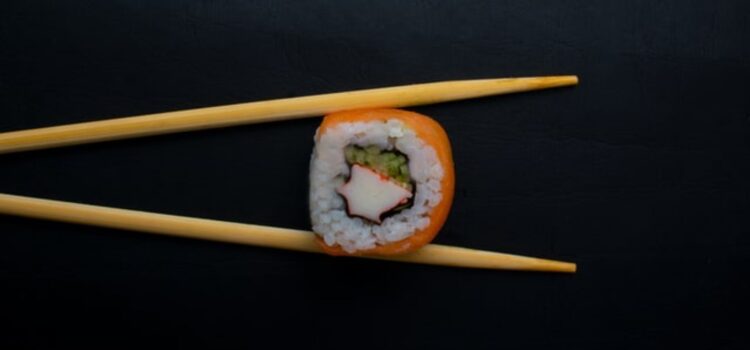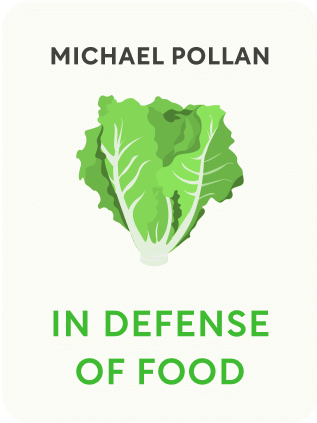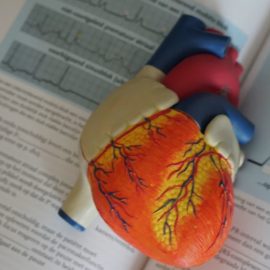

This article is an excerpt from the Shortform book guide to "In Defense of Food" by Michael Pollan. Shortform has the world's best summaries and analyses of books you should be reading.
Like this article? Sign up for a free trial here .
What are traditional diets? Why do traditional diets tend to be healthier than modern diets?
Traditional diets are dietary patterns that center around foods tied to their corresponding cultural identities. Unlike modern diets, traditional diets are characterized by the consumption of natural, whole foods that haven’t undergone industrial processing.
In this article, we’ll discuss the benefits of traditional diets and explain why they tend to be healthier than their modern counterparts.
Traditional vs. Modern Diets
The advantage of traditional diets over modern diets is that the food has been vetted through years of trial and error for its effectiveness in fulfilling the body’s dietary needs. A long relationship between the people and the food exists, and the food chain tends to be more harmonious.
For instance, areas where the climate is hot tend to eat spicy foods. Spices help decrease body temperature. They also have antimicrobial properties that fight issues caused by rapidly decaying foods in hot climates. The hotter the climate, the spicier the food tends to be.
Other traditional foods are chosen for purely cultural origins. Foods are often tied to identity and culture uniqueness, which separates them from other cultures. Kosher and halal foods are good examples of this type of cultural identity. These cuisines tend to eschew change and remain over generations.
Still, other forms of traditional diets are entwined with nature, both biologically and ecologically. In some cultures, people use their experience-based knowledge of food to decide what to eat and how to prepare it.
- In Latin America, corn and beans are typically eaten together. Both include an amino acid the other is lacking, so they balance each other out in the system. They also grind corn or soak it in limestone, which helps preserve and enhance its B vitamin compounds. The people likely didn’t know these facts, but they paid attention to the way their bodies responded.
- When other cultures first started eating corn without the cultural context and familiarity, they became sick.
- Similarly, Asian cultures eat a lot of fermented soybeans and soy curds, or tofu. Soy has properties that actually counteract the body’s endeavor to absorb minerals and nutrients, disrupt hormonal processes, and resist the breakdown of its protein. Over generations, Asians learned how to manage the soybean to make it more digestible and beneficial.
As opposed to industrialized processing, these traditional processing techniques have proven over time to keep people alive, nourished, and healthy. The long relationship with the whole foods led to an understanding of their properties and benefits. This knowledge created standardized dietary habits that have persisted. This idea points to an important sub-rule: stick with tradition.
Be Skeptical of Nontraditional Foods
Ingenuity is great in many industries, but food is not one of them. If healthy diets are the result of generational and evolutionary experience and growth, new and “improved” foods are outliers of tradition, likely for a reason.
The example of soy explains this better. In America, we eat a lot of soy, but it varies greatly from the way Asians eat it based on their long history with soy. Soy is consumed as oil, textured vegetable protein, soy protein isolate, and isoflavones. These forms are all implicated in various health concerns. For instance, isoflavones resemble estrogen in the body and latch onto estrogen receptors. This action is believed to affect cancer, menopause, and other system processes. However, research has not yet decided whether the effect is good or bad. If it’s in question, why gamble?
The Asians may or may not have the answer to this scientific question. But their use of soy over generations with positive health results seems more legitimate as evidence than a lack of evidence. There may also be other aspects of the Asian diet that support soy differently than in the Western diet. This idea points to another sub-rule: eat a traditional diet completely for its benefits.

———End of Preview———
Like what you just read? Read the rest of the world's best book summary and analysis of Michael Pollan's "In Defense of Food" at Shortform .
Here's what you'll find in our full In Defense of Food summary :
- Why eating a Western diet is killing you
- How the rise of low-fat foods contributed to the rise of obesity and diabetes
- What to eat if you want to restore a healthy relationship with your food






